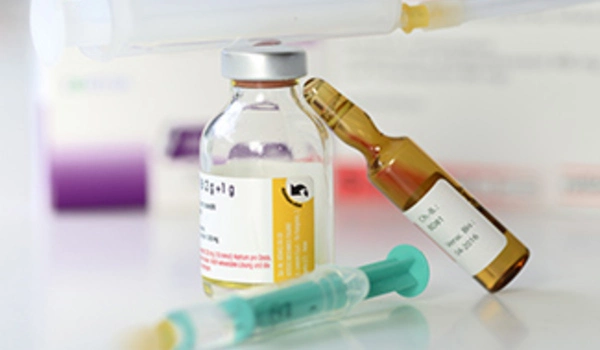A clinical trial aimed at assisting millions of people suffering from penicillin allergies would be a big and potentially life-changing undertaking. Penicillin allergies are fairly widespread, with many people claiming to be allergic to this class of medicines, albeit not all of them.
Many low-risk penicillin allergy patients were able to have their penicillin allergy label removed using a simple method known as ‘direct oral challenge’ as part of the Penicillin Allergy Clinical Decision Rule (PALACE) project, a world-first multicenter randomized control trial.
Penicillin allergy affects about 25 million people in the United States (up to one in every ten Americans) and has been linked to poor health outcomes in pregnant women and surgical patients. It is also a public health risk, as it leads to antibiotic resistance and sometimes fatal infections in hospitalized patients.
Penicillin allergy labels appear on 75% of children by the age of three, possibly because of misinterpretation with a viral rash. The bulk of these rashes were not allergic in nature, but the labels ‘stick’ throughout adulthood and have numerous negative repercussions.”
The majority of patients labeled as penicillin allergic, more than 90%, have low-risk histories, meaning they did not have a history to suggest a severe or more recent reaction to penicillin. We would expect more than 95% of these patients to have negative testing and be able to take penicillin in the future.
Elizabeth Phillips
Many low-risk penicillin allergy patients were able to have their penicillin allergy label removed using a simple method known as “direct oral challenge” as part of the Penicillin Allergy Clinical Decision Rule (PALACE) project, a world-first multicenter randomized control trial.
In the PALACE study, researchers randomly assigned low-risk penicillin-allergic patients to one of two procedures for removing their allergy designation. They either followed the current standard of care by having skin testing followed by an oral challenge with penicillin if the skin testing was negative, or they went straight to oral challenge (“direct oral challenge”) without first having skin testing.
“The majority of patients labeled as penicillin allergic, more than 90%, have low-risk histories, meaning they did not have a history to suggest a severe or more recent reaction to a penicillin,” said PALACE study protocol member and Vanderbilt University Medical Center principal investigator Elizabeth Phillips, MD, the John Oates Professor of Clinical Research. “We would expect more than 95% of these patients to have negative testing and be able to take penicillin in the future.”

The study, undertaken by a team of researchers from specialized centers in North America and Australia, enrolled 382 adults who were assessed using a specialized risk assessment tool called PEN-FAST. Participants were randomly assigned to receive either a direct oral penicillin challenge or the standard approach (penicillin skin testing followed by an oral challenge). The primary goal was to determine if the direct oral penicillin challenge was no worse than the standard method of skin testing followed by oral challenge which needs to be performed in an allergist’s office.
Only one patient (0.5%) in each group had a positive reaction to the penicillin challenge, suggesting that the direct oral penicillin challenge is as effective as the traditional technique. Notably, no significant variations in adverse events were seen between the two groups, and no serious adverse events were noted.
The discoveries have far-reaching consequences for patients. Healthcare practitioners can ensure adequate antibiotic prescriptions by precisely identifying low-risk penicillin allergy patients. Patients who have a confirmed penicillin allergy are more likely to be prescribed second-line antibiotics, which are often less effective against specific illnesses and may have more side effects.
“Patients with penicillin allergies are more likely to receive second-line or broad-spectrum antibiotics, which increases the risk of antibiotic resistance and serious infections like antibiotic-associated diarrhea due to Clostridioides difficile, which can spread through hospitals and become a major public health problem.” Phillips explained. “In the United States, we are increasingly dealing with antibiotic-resistant’superbugs’ such as multi-resistant gram-negative infections, Candida auris, and even a resurgence of syphilis, for which penicillin is the best treatment and the only treatment that should be used in pregnancy to prevent transmission to an unborn child.”
“The PALACE study’s evidence will change clinical practice.” Many patients in the United States lack direct access to an allergist who can perform specialist testing such as skin testing. As a result, the ability to perform a direct oral challenge with penicillin in low-risk patients in any observed context will make it easier for patients in the United States to obtain health care and safely and efficiently remove the label of penicillin allergy,” she said.
















